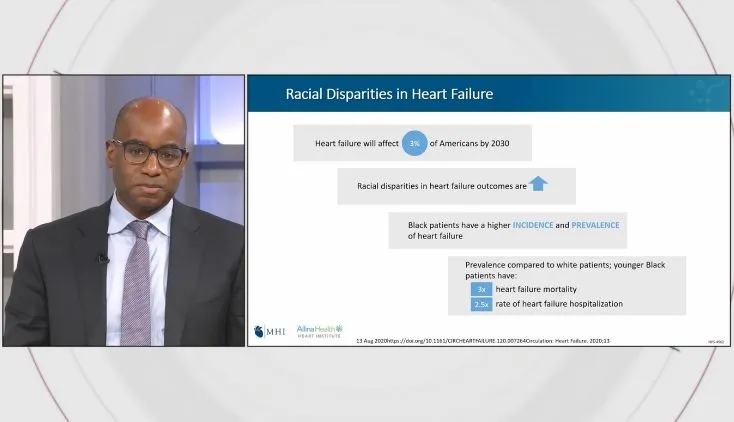Impella Education, Patient Management
SmartAssist® Technology LV Metrics FAQs
Jo Kajewski, an Advanced Impella® Trainer, answers some frequently asked questions about LV metrics displayed using Impella SmartAssist® technology.
- Why is the minimum (or diastolic value) of the LV placement signal displaying a negative value?
- Why is there a peak systolic LV-Ao gradient?
- Why is EDP higher than the reference measurement?
- Why is the minimum (or diastolic value) of the LV placement signal displaying a negative value?
First, understand that the minimum number displayed is not the end-diastolic pressure (EDP). It is an estimation of the pump’s inlet pressure, which approximates left ventricular pressure (LVP). While the pressure in the left ventricle is never negative, the pressure inside the pump inlet may be less than the pressure in the ventricle. Therefore, due to the dynamics of the pump, a negative value can occur.
A minimum LV placement signal value around -10 mmHg is within normal limits. This negative value may be due to limited blood volume available to the pump, especially at the start of diastole, when the ventricular volume is at its minimum. It may also be due to device position, partial occlusion of the inlet, or the pump running at high speeds. Remember, when the pump is running in Auto mode, it is running at the highest speed without causing suction. As a result, having a negative LV diastolic value in the range of -10 mmHg is more likely.
It is important to monitor LV metrics. If the minimum LV placement signal value remains slightly negative, no action is required unless an alarm is triggered. However, as the pressure inside the pump inlet becomes significantly lower than the pressure in the ventricle, the minimum LV placement signal will display a greater negative value and a suction alarm is more likely.
Why is there a peak systolic LV-Ao gradient? and Why is EDP higher than the reference measurement? These 2 questions can be answered together.
The motor current is used to estimate both LVP and LVEDP. Thus, an elevated motor current will elevate both of these values. Motor current may increase in situations such as high purge pressure, long duration of use, or pump obstruction caused by a clot or outflow interaction with the aortic valve. Therefore, when troubleshooting such situations, ask:
- Are the purge parameters within normal limits?
- Are the flow rates within the expected range for the given P level?
- Is the pump in the correct position?
Physiologic conditions, such as varying degrees of aortic stenosis, will magnify errors in the LV placement signal during systole.
Keep in mind that the displayed MAX/MIN placement signal values do not represent a mean gradient. They are intended to assist in managing suction and monitoring trends. When managing a patient on Impella support with SmartAssist, troubleshoot pump function in the same manner you have in the past. The LV metrics are derived from the motor current, so motor current will tell the story.
NPS-846


